Click here for CORDEX-Evaluation News and Milestones
Observation-Based Model Evaluations
A critical component of CORDEX are the regional climate models (RCMs) that are used to downscale the global climate model simulations and projections (e.g. typically from CMIP), and provide guidance for regional policy and decision support related to climate change (see schemtic below; Whiltehall et al. 2012; WMO Bulletin). Because of the potential role these RCMs (may) have, it is a high priority to bring as much observational scrutiny to them as possible. This requires the systematic application of observations; enabling such multi-variate evaluations is essential for advancing model development, and for performing quantitative model comparison and uncertainty analyses. Providing access to observations for such purposes is the objective of obs4MIPs, and performing such model-based evaluation is the objective of RCMES.
Whitehall et al. (2012; WMO Bulletin) Schematic
In concert with CORDEX leadership, RCMES via the support of NASA, is undertaking a multi-domain, multi-model and multi-variate observation based model evaluation. The objectives are to demonstrate the use of RCMES, including its access to obs4MIPs data and model evluation functionality, for regional climate evaluation relevant to CORDEX.
The goals of the project include:
- Fostering a cross-domain CORDEX community interaction
- Demonstate the utility of (NASA) earth observations - particularly from obs4MIPs
- Provide a unform, albeit limited, assessment of model fidelity across multiple CORDEX domains.
The proposed evaluatiion consists of the bulleted elements given below. Analysis is underway on the CORDEX model output that have been made readily available (e.g. ESGF) to date. Preliminary results are provided via the Quick Navigation and Tables below. Additional model output is welcome, and will be incoporated as it is received. To provide additional model output that can be included in this comparison, please send an email to rcmes-team@jpl.nasa.gov.
- 12 Variables:
- Precipitation from TRMM
- Downwelling and upwelling of net longwave radiation at the surface and TOA from CERES
- Downwelling and upwelling of net shortwave radiation at the surface and TOA from CERES.
- Cloud Fraction from MODIS
- Near-Surface Wind speed, zonal wind, and meridional wind from Quik-SCAT
- Upwelling longwave radiation TOA from HIRS
- 5 Evaluation Metrics:
- bias, centered RMS and Taylor plots for climatological annual and seasonal means
- temporal correlation and centered RMS for 12-month annual cycle
- CORDEX Domains:
- Include all domains and its models for which all or part of the above variables are accessible via ESGF or otherwise by CORDEX domain technical point of contact.
- Future Variables to be Considered:
- Precipitation from GPCP
- Temperature & water vapor at 850, 500 and 200 hPa from AIRS
- 2m temperature, 850 & 200 hPa zonal and meridional wind, and sea level pressure from MERRA-2
- Future Metrics to be considered:
Additional information are detailed in recent precentations given at AGU and AOGS.
Quick Navigation - Jump to Evaluations
In Progress
Further progress pending the availability of additional model simulation output on ESGF.
Antarctica
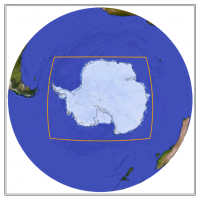
Australasia
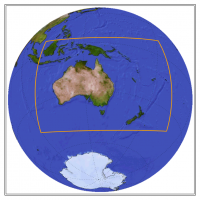
Central America
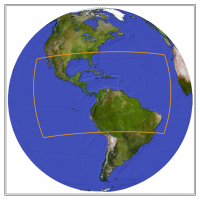
Central Asia
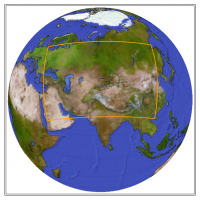
East Asia
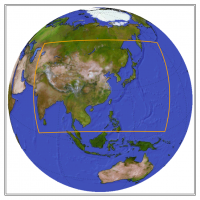
Mediterranean
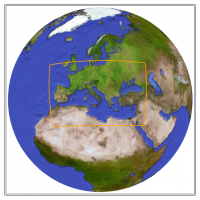
Middle East North Africa

South America

South Asia
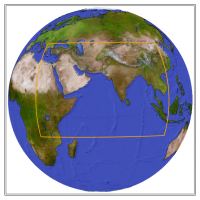
South East Asia
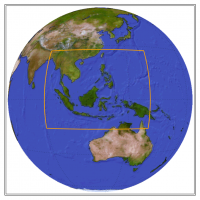
Results
North America Evaluations (Model Time Period: 1989-2012)
Reference Dataset (Time Period)
Variables
Results Page by Seasons
CERES-EBAF (2000-2014)
Downwelling Longwave Radiation (Surface)
Downwelling Shortwave Radiation (Surface)
Downwelling Shortwave Radiation (TOA)
Upwelling Longwave Radiation (Surface)
Upwelling Longwave Radiation (TOA)
Upwelling Shortwave Radiation (Surface)
Upwelling Shortwave Radiation (TOA)
QuikSCAT (1999-2009)
Near-Surface Meridional Wind
Near-Surface Wind Speed
Near-Surface Zonal Wind
(Summer: JJA Winter: DJF)
Back to Quick Navigation
Europe Evaluations (Model Time Period: 1979-2010)
Reference Dataset (Time Period)
Variables
Results Page by Seasons
CERES-EBAF (2000-2014)
Downwelling Longwave Radiation (Surface)
Downwelling Shortwave Radiation (Surface)
Downwelling Shortwave Radiation (TOA)
Upwelling Longwave Radiation (Surface)
Upwelling Longwave Radiation (TOA)
Upwelling Shortwave Radiation (Surface)
Upwelling Shortwave Radiation (TOA)
QuikSCAT (1999-2009)
Near-Surface Meridional Wind
Near-Surface Wind Speed
Near-Surface Zonal Wind
(Summer: JJA Winter: DJF)
Back to Quick Navigation
Africa Evaluations (Model Time Period: 1979-2012)
Reference Dataset (Time Period)
Variables
Results Page by Seasons
CERES-EBAF (2000-2014)
Downwelling Longwave Radiation (Surface)
Downwelling Shortwave Radiation (Surface)
Downwelling Shortwave Radiation (TOA)
Upwelling Longwave Radiation (Surface)
Upwelling Longwave Radiation (TOA)
Upwelling Shortwave Radiation (Surface)
Upwelling Shortwave Radiation (TOA)
QuikSCAT (1999-2009)
Near-Surface Meridional Wind
Near-Surface Wind Speed
Near-Surface Zonal Wind
HIRS (1979-2013)
Upwelling Longwave Radiation (TOA)
(Summer: JJA Winter: DJF)
Back to Quick Navigation
Arctic Evaluations (Model Time Period: 1979-2014)
Reference Dataset (Time Period)
Variables
Results Page by Seasons
CERES-EBAF (2000-2014)
Downwelling Longwave Radiation (Surface)
Downwelling Shortwave Radiation (Surface)
Downwelling Shortwave Radiation (TOA)
Upwelling Longwave Radiation (Surface)
Upwelling Longwave Radiation (TOA)
Upwelling Shortwave Radiation (Surface)
Upwelling Shortwave Radiation (TOA)
QuikSCAT (1999-2009)
Near-Surface Meridional Wind
Near-Surface Wind Speed
Near-Surface Zonal Wind
HIRS (1979-2013)
Upwelling Longwave Radiation (TOA)
(Summer: JJA Winter: DJF)
Back to Quick Navigation









